- About us
- Photogallery
- Shooting Experiences
- Shooting courses
- E-shop
- Team building
- Shooting ranges
- Museum
- Contacts
Walther P.38 semi-automatic pistol
Related guns
-

WALTHER COLT 1911 A1 semi-automatic pistol
-
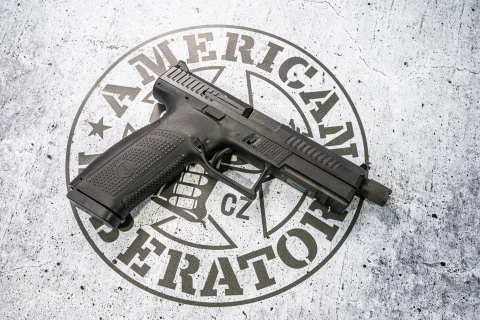
CZ P-10 F OR SR semi-automatic pistol
-
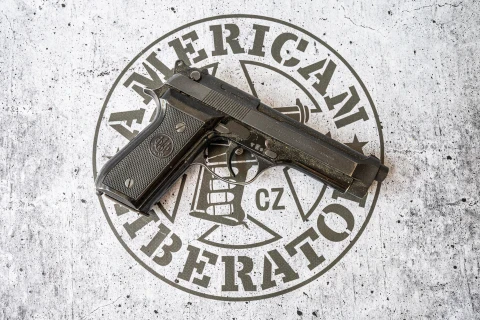
BERETTA 92 S semi-automatic pistol
-
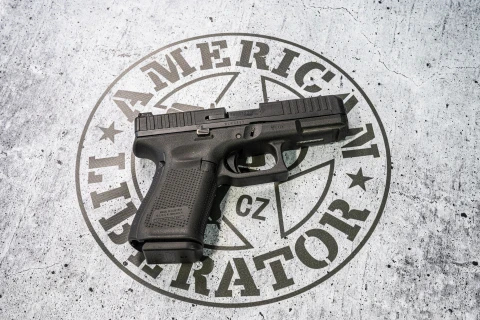
GLOCK 44 semi-automatic pistol
-
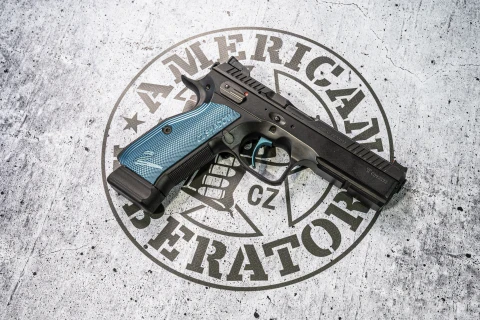
CZ SHADOW 2 SA semi-automatic pistol
-
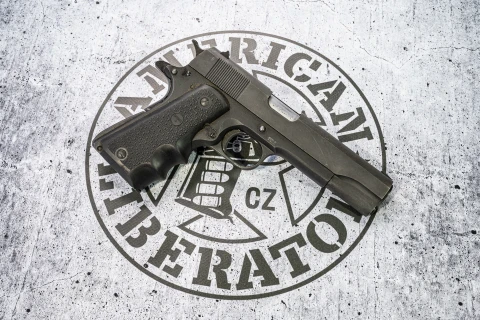
NORINCO mod. 1911 A1 semi-automatic pistol
-

MAGNUM RESEARCH DESERT EAGLE .50 AE semi-automatic pistol
-

GLOCK 17 Gen5 FS MOS semi-automatic pistol
-
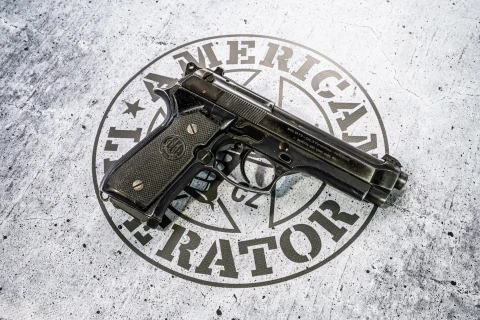
BERETTA 92 FS semi-automatic pistol
-
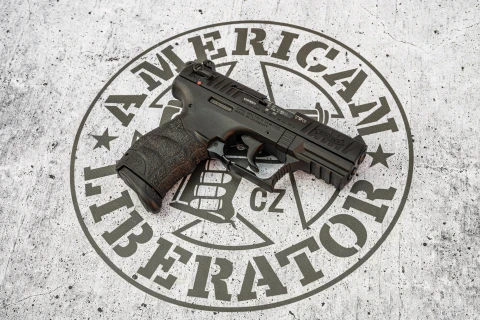
WALTHER P22Q semi-automatic pistol
-

CZ 75 P-01 semi-automatic pistol
-
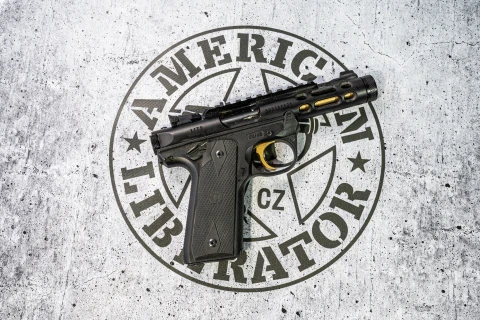
Ruger Mark IV 22/45 Lite semi-automatic pistol
-
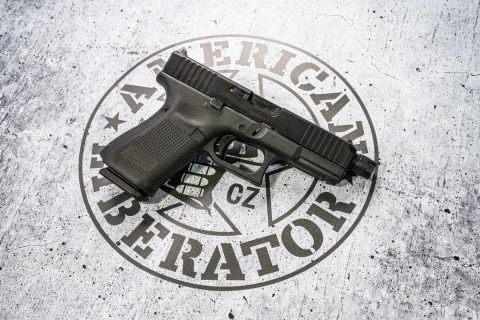
GLOCK 19 Gen5 FS MOS semi-automatic pistol
-

CZ 75 B semi-automatic pistol
-

CZ Scorpion EVO 3 S1 semi-automatic carbine
-

IWI mod. Jericho 941F semi-automatic pistol
-

TAURUS 1911 semi-automatic pistol
-

CZ P-07 SR semi-automatic pistol
-

Ruger Mark IV Hunter semi-automatic pistol
-

FN HP-35 Semi-automatic pistol
-

Zastava M57 / TT33 Semi-automatic pistol
-

VZ. 52 Semi-automatic pistol
-

GLOCK 19X semi-automatic pistol
-

Smith & Wesson M&P9 M2.0 semi-automatic pistol
-

Walther PPK semi-automatic pistol
-
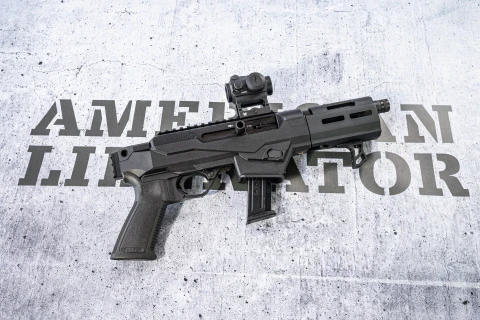
Ruger PC Charger semi-automatic carbine
You can find this weapon in these packages
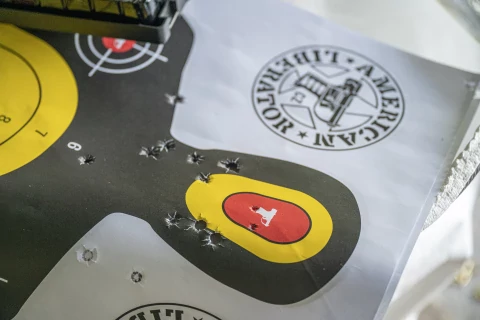
Custom Package
From 1 500 Kč
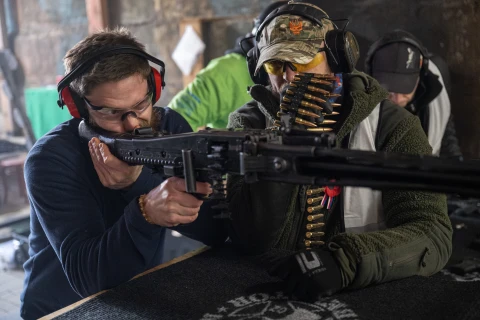
War Weapons Package EXCLUSIVE
3 899 Kč

Game and Movie Package BASIC
1 989 Kč

Game and Movie Package EXCLUSIVE
3 899 Kč
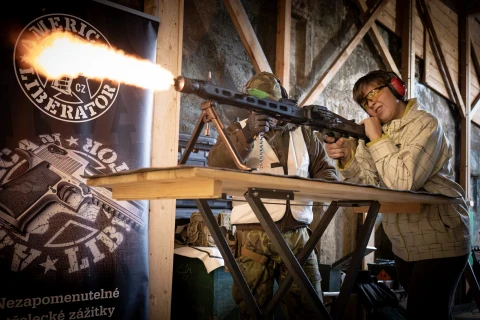
Long guns
2 699 Kč
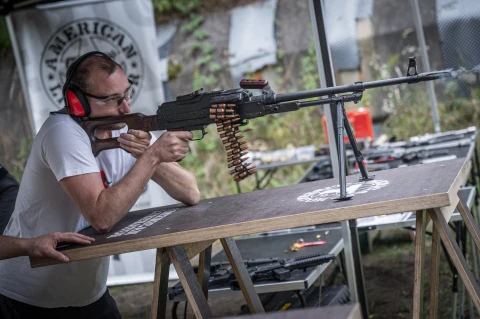
ALL INCLUSIVE Package: 70 Shots
2 990 Kč
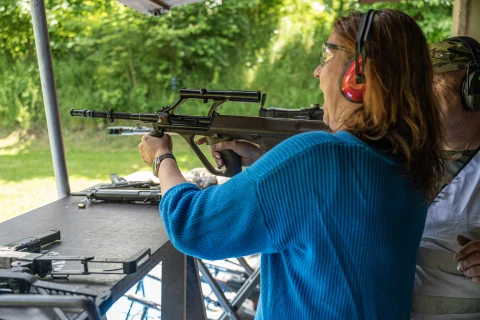
Exclusive Weapon Selection: 55 Shots
2 399 Kč

Exclusive Weapon Selection: 35 Shots
1 599 Kč

Basic Weapon Selection: 25 Shots
999 Kč
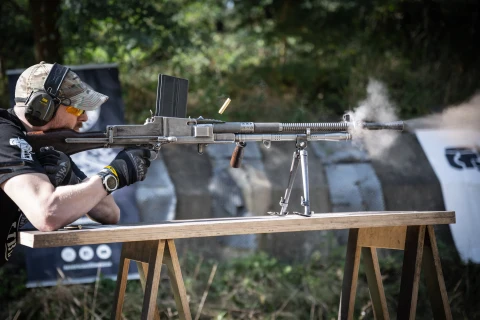
World War II Package
3 999 Kč

Best Czech Weapons
3 999 Kč
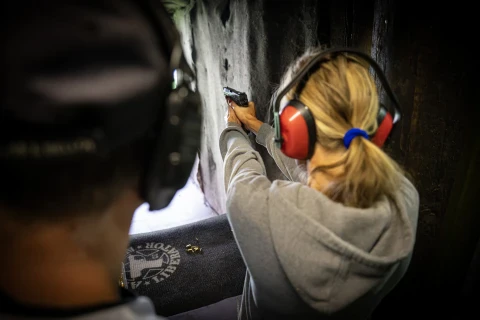
Try It Package
490 Kč
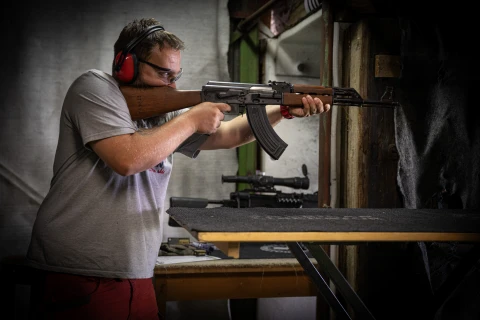
Start Package
690 Kč
Filip Urbancik
27. 10. 2024
Vřele mohu doporučit střelbu s American Liberator. Nespočet historických i moderních zbraní, dostupná lokalita a především velmi profesionální dozor. Mnohokrát děkujeme za skvělý zážitek.
Ondřej Moučka
27. 1. 2024
Parádní zážitek a spousta zajímavých zbraní
Jana Tomeckova
27. 1. 2024
Skvělý zážitek, instruktor milý, vše vysvětlil, doporučuji a těším se příště
Filip Michl
9. 11. 2023
Skvělý firemní teambuilding s úžasným občerstvením. Doporučuji!
Jiří Veřmiřovský
22. 10. 2023
Perfektní komunikace a personál. Vše připraveno, nachystáno, skvěle vysvětleno. Vřele všem doporučuji.
Jana Kašparová
14. 11. 2023
Děkuji moc za krásný zážitek. Zbraní jsem se obecně bála, ale instruktoři svým profesionálním přístupem změnili můj pohled na tento koníček. Parádní team building! Dekujeme
Kristýna Kunická
5. 11. 2023
Super zážitek, doporučujeme každému odvážlivci vyzkoušet!
Pavel Niahodkin
9. 11. 2023
Super zážitek, a u toho nejlepší občerstvení :)
Radek Vraník
31. 5. 2023
Naše třída měla přednášku. Odnesl jsem si zajímavé a důležité informace. Za mě dobré.
Lucie Zykova
30. 5. 2023
Maximální spokojenost a nadšení. Lektoři měli božskou trpělivost. Děkujeme za skvělý zážitek.
Martin Hegr
10. 9. 2024
Skvělý zážitek, velice příjemní lidé, velký výběr zbraní, od druhoválečných až po ty novodobé, s radostí odpoví na všechny otázky, doporučuji!
Houba II
24. 4. 2023
Velmi příjemný a akční zážitek, byli jsme překvapeni výběrem zbraní. Perfektí akce pro team building nebo adrenalinový dárek. Instruktoři příjemní a trpěliví. Neviděli jsme se naposled :o)






